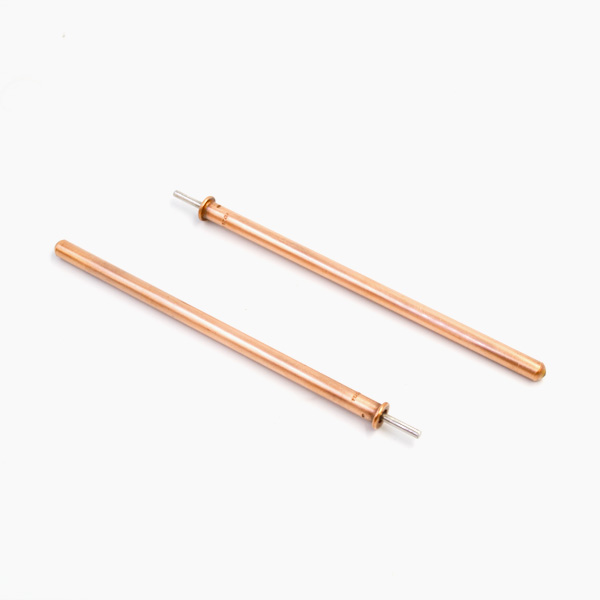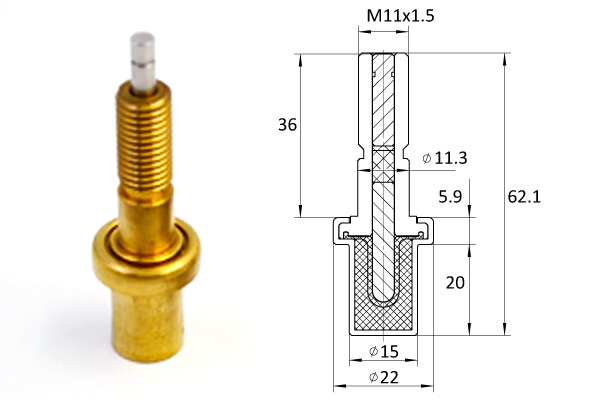TFT-LCD is the first to enter the display market because of its low working voltage, low power, good display effect, easy integration and portability. In this paper, TFT-LCD display principle, system structure and timing controller TCON design scheme are described in detail. In high-resolution display system, the clock frequency is very high.
Before generating timing control signal based on clock signal, it is necessary to spread spectrum process synchronous clock to reduce EMI (Electromagnetic Interference) and make it pass EMC test. TFT-LCD timing controller TCON (Time Controller) is mainly used to simulate the display control of TFT-LCD. TCON provides timing control signal for driving circuit (source driver, gate driver and VCOM polarity control) on LCD screen, so as to realize display control of analog RGB signal. The TCON control of medium and small size LCD is relatively simple. The basic working process is to determine the resolution, working mode and display mode of the TFT-LCD screen by the input signal, then determine the appropriate parameters based on these information, and finally generate the required control signal without processing the video data.
Make TFT-LCD work properly. The timing signal of TCON is based on the need of TFT-LCD panel. To understand the principle of TCON, we should first understand the display principle of LCD panel. Liquid crystals have light transmission controllability. The light transmittance of liquid crystals will be changed by changing the applied voltage at both ends of the liquid crystals. Different arrangement determines the sampling order of RGB, and a pixel consists of three liquid crystal units (RGB). Therefore, the number of liquid crystal units in liquid crystal array determines the display resolution.
TFT-LCD is formed by separating display pixels and scanning electrodes through TFT transistors on the basis of super-twisted STN, which overcomes the cross-effect of STN-LCD. TFT-LCD system consists of two parts: LCD control module TCON and LCD panel module, as shown in Figure 1. LCD displays are driven by row and column active matrix. Lines are connected to the gate of the pixel NMOS transistor and the row is connected to the Source of the NMOS transistor. In LCD module, the line and the line are driven separately.
The circuit that drives the line is called Gate Driver, and the circuit that drives the line is called Source Driver. The charging and discharging process of liquid crystal cell is controlled by source driver and gate driver.

When the scanning signal is valid, all TFT units in this line are opened at the same time, and RGB voltage charges the storage capacitor through TFT.
Therefore, the voltage difference between RGB and Vcom determines the voltage of LCD column. When the scanning signal is invalid, the TFT unit on this line is disconnected, and the charge of the storage capacitor can be basically unchanged in a frame time, thus achieving a static display effect with duty cycle close to 100%.
TCON module of timing controller includes PLL, I2C interface, frequency divider DIV, line synchronization module HSB, field synchronization module VSB and control signal output module CSB.

The basic structure of TCON is shown in Figure 2. The field synchronization module VSB generates the control signal needed by the gate driver; the line synchronization module HSB generates the control signal needed by the source driver; and the control signal output module CSB generates the control signal of the scanning direction. I2C interface is introduced in the design of this system. The control signal can be controlled by internal registers.
The change of display mode can be realized by changing software, thus greatly reducing the number of pins in external hardware circuits. Because the output control signals of different resolution LCD and different working modes are different, when TCON works, it is necessary to make a judgment and choose the correct working mode in order to generate appropriate control signals. These choices include LCD resolution selection, external/PLL clock mode selection, separation/composite mode selection and NTSC/PAL mode selection. For LCDs with different resolutions, some control signals needed will be different. External/PLL clock mode selection: There are two ways to provide clock source, PLL mode and external clock mode. In the PLL mode, the VCO circuit oscillates and provides a stable working clock for TCON by phase-locked loop circuit. In the external mode, the working clock is provided by the outside. The gate driver controls the charging and discharging of the storage capacitor by using OG (TFT_LCD selective signal) signal to switch on TFT. The basic input signals of the gate driver are CPV (gate drive conversion clock), STV (gate drive start pulse) and OEV (gate drive output enablement). In addition, if the door driver supports uptodown and downtoup scanning mode, it also needs to scan direction control signal U/D. By changing the timing of CPV, STV and OEV, the switching control of TFT can be realized and the display of image can be controlled. The basic control signals of the source driver include: CPH (source-driven conversion clock), STH (source-driven start pulse) and OEH (source-driven output enabling), etc.
If the source driver supports Left/Right scan control and Simultaneously/Sequential sampling mode, it also has left and right scan control signal (L/R) and sampling mode control signal (MOD). For LCD screens, there are three ways of Vcom conversion: frame flip, row flip and column flip. Frame flip mode has low frequency (50Hz), low power consumption and general image quality; row flip mode has low frequency (15kHz), low power and good image quality; row flip mode has high frequency, high power consumption and best image quality, which is suitable for large screen. For the small size analog TFTLCD panel which supports multiple display modes, it usually adopts the form of line reversal, which achieves the purpose of reversal by changing the voltage polarity Vcom of the common terminal. Because the data structure and display mode of image signal are two important factors affecting the output signal of TCON, thermostatic element although the timing of TCON in different LCD panels will be different, the design has strong versatility and supports different display modes. It also supports the LCD panels and timing controllers of most manufacturers in the market.
The design has been successfully streamed by SMIC018 process alone and integrated with Video Processor, which has been applied to more display devices.
